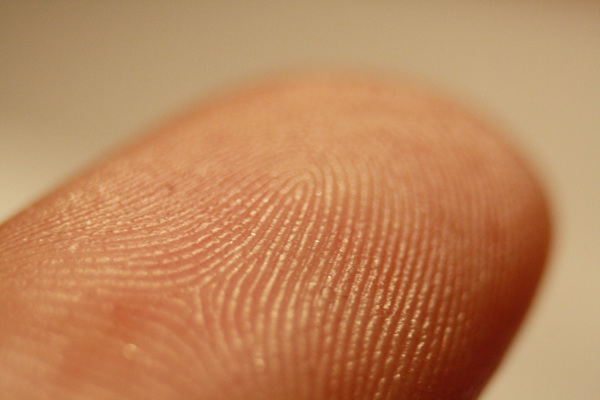
Why do identical twins have physical differences if they have the same DNA?
September 16, 2005

- Related Topics:
- Environmental influence,
- Appearance,
- Twins
A curious adult from California asks:
“Why do identical twins have physical differences if they have the same DNA?”
What a great question! You have probably heard that your DNA contains the instructions for making you who you are. Things like your eye and hair color are controlled by your DNA.
This is why identical twins look so much alike -- they share the same DNA. And yet, they aren't exactly alike. They can be hard to tell apart but if you look closely, you see differences.
So what causes them to look slightly different if it isn't differences in their DNA? Identical twins have physical differences because when it comes to the way you look, both nature and nurture matter.
You may have heard the phrase "nature vs. nurture" before, but what exactly does it mean? This phrase refers to the two things that make you who you are. Your genes (nature) are important, but they are not the whole story. Your environment (nurture) also plays a big role.
By environment I mean things like what you eat, how much you sleep, whether you get sick. Things that happen to you during your life. How can these things have such a big impact?
Think of it this way--when I bake an apple pie, it turns out a little different each time. The shapes of the apple pieces are never quite the same. Maybe the stove is a little hotter, or I add slightly more sugar. Maybe a distraction like the phone ringing keeps me from taking it out of the oven exactly when I planned.
I use the same set of instructions every time. But each pie is still unique because differences in the environment make it impossible for me to follow the instructions in exactly the same way.
So identical twins are kind of like two pies made from the same recipe. They are more similar than pies made from different recipes, say apple and blueberry. But if you look closely, they are still not exactly the same. They will always have some physical differences due to differences in their environment.

What are some examples of these differences?
Some identical twins can have different heights and weights. This is because height and weight are controlled by what you eat as well your DNA.
Differences in diet can start earlier than you might imagine. When the twins are growing inside the uterus, there can be differences in how well they connect to the placenta. This can mean one twin starts getting more to eat even before they are born!
Another physical difference between identical twins is their fingerprints. The fingerprints of identical twins do look more similar than the fingerprints of non-twins. This is because your fingerprints are partially controlled by your genes.
But they are not exactly the same. They have differences that a fingerprint expert can use to tell them apart. This is because environmental differences like how the hand of the fetus touches the amniotic sac also affects fingerprints.

Recently scientists have found a new type of difference between identical twins. Everyone has marks in their DNA that help control which parts of your DNA get used where (click here to learn more about these marks).
Scientists have shown that identical twins have very similar marks when they are born. But, as they age, the marks in their DNA become more and more different. So even though identical twins have the same DNA, they are using it in different ways.
Even if you aren't an identical twin, you can still see the impact of the environment in your own face. Both the right and left side of your face were made using the same DNA. But I'll bet they aren't perfect mirror images of each other! For example, my left ear is a little lower than the other, and my nose is not perfectly straight. Everyone has small differences like these.
So how do we know when something is controlled by DNA and when it is controlled by the environment?
Identical twins can help answer this type of question. For example, we know that identical twins can be different heights. This means height can't be controlled by your genes alone, because identical twins have the same genes. So height must be part nature and part nurture. On the other hand, identical twins almost always have the same eye color. So eye color must be mostly nature.
Many things seem to be controlled by a little of both. This means no matter how similar two people's DNA is, they will always be unique.
Read More:
- NYTimes: Differences in the fingerprints of identical twins
- Popsci: Why twin studies are so important to science (and NASA!)
- Scientific American: Differences in how twins use their DNA

Author: Sarah Pierce
When this answer was published in 2005, Sarah was a Ph.D. candidate in the Department of Genetics, studying yeast functional genomics in Ron Davis's laboratory. Sarah wrote this answer while participating in the Stanford at The Tech program.
 Skip Navigation
Skip Navigation
